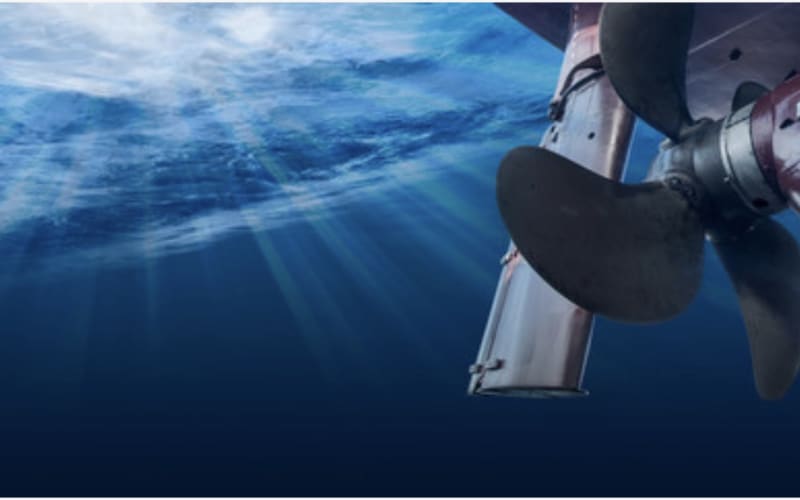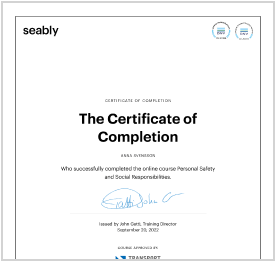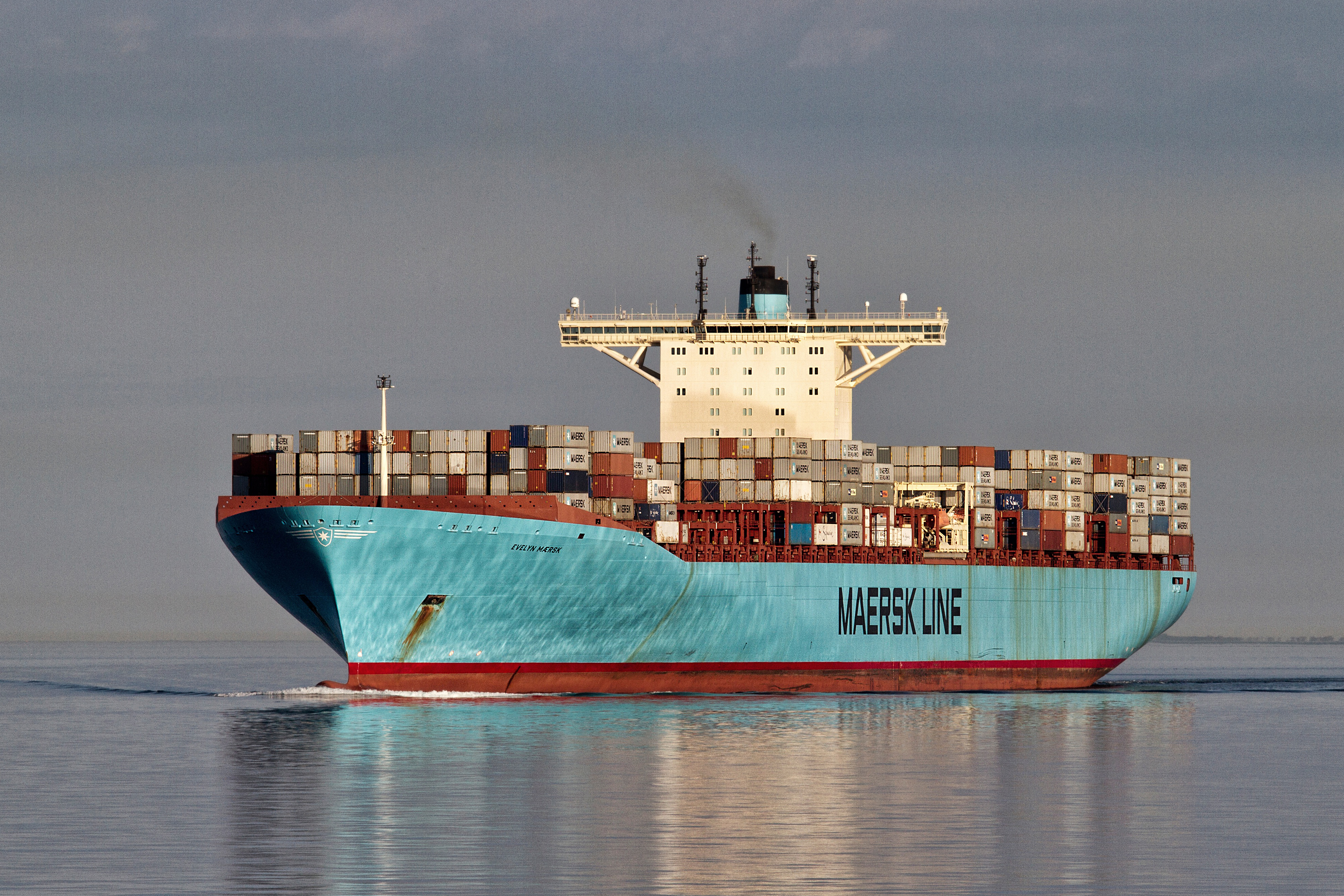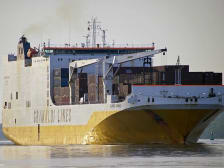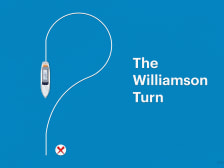When facing a manoeuvring test, it is not uncommon that the first topic you come across is precisely the evolutionary effects of the propellers. To better understand this aspect, it is necessary to briefly mention the different characteristics between fix-pitch and variable-pitch propellers and then - with some examples - fix this information with the reasoning developed to haul a ship to the quay. But that's not enough, because there are many other aspects to consider.
Do you know the acting forces in the swinging or the Paddle-wheel effect of the propellers? Why Coanda effect occur? The Azipods and their use in manoeuvring?
In addition to these topics, we will also talk about Pivot Point, Cavitation, the various propulsion systems, etc. Upon completing this course, the candidate will understand the characteristics of the types of propulsion and their use in manoeuvring. The learning outcomes of the course will include:
1. Propeller pitch,
2..Turning effects of the propeller,
3. Cavitation,
4. Practical manoeuvre,
5. Pivot point,
6. Bow thruster,
7. Turning with a twin-propeller,
8. Types of propellers,
9. Let's take off the rudder!
10. Manoeuvring an azimuth,
11. ACD Azimuth Controlled Device,
12. Manoeuvring the azipods - ACD,
13. Pressure of the wake, and
14. Practical consideration.
Topics in this Course
Navigation
Risk Management
Ship Handling and Manoeuvring
Shareable Certificate
Certificate of Completion
- Earn a Seably certificate of completion
- Download or print out as PDF to share with others
- Share online to demonstrate your new skill
This Course is Part of a Learning Path
Learning Path
-
 Seably · 4 courses
Seably · 4 courses
Course Author

STANDBYENGINE
Manoeuvring is an art; this art form is the missing link between theory and practice. Awareness of this, 'made' - Standbyengine. We want to lift the veil of secrecy surrounding manoeuvring and give crew who aspire to greatness the opportunity to achieve a high level of accomplishment through our courses. Our videos, articles, publications and direct contact are the mediums we utilise for those who wish to draw from their own experiences & knowledge to practice then what they know, all supported by the necessary theory that we can provide. Our courses contain examples of manoeuvres performed and tricks of the trade. Follow us to explore and learn the art of ship handling.
View courses
•
See full profile
